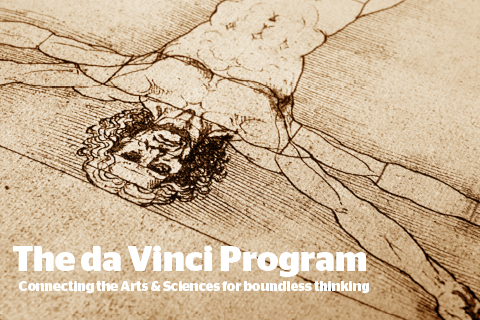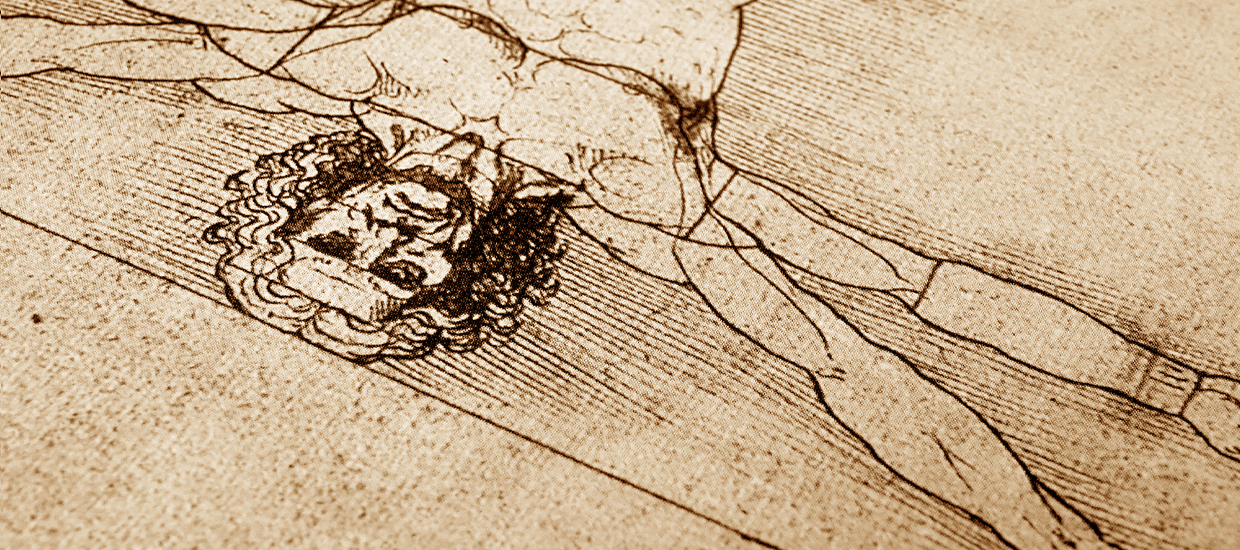| First Year - Fall Semester |
|
Leonardo da Vinci Course
This course examines the historical figure of Leonardo da Vinci (1452-1519) as a case study of a person whose interests encompassed different areas of knowledge. Known as a painter, anatomist, engineer, architect, musician, stage set designer, mathematician, inventor, and much more, Leonardo seems to incarnate “Renaissance Man.” How was it possible for him to pursue so many interests during his lifetime? Among our goals:
● acquainting ourselves with the life trajectory, experience, and myths surrounding Leonardo;
● exploring the educational and training system in place in the Renaissance;
● discovering how “modern” disciplines separate activities that in the past were much more closely connected;
● discovering how such separations can be questioned and bridged.
From Agora to Royal Society: The Evolution of Scientific Narrative Course
This course will examine scientific narrative as a form that has evolved over time. We will begin with the Greek oral tradition, as it has come down through Roman texts; then, we will read English translations of early Modern medical writers, including Bartholomeus Metlinger of Augsberg and the female physician Trotula of Salerno, and consider the drawings of Leonardo da Vinci, Andreas Vesalius, and other Renaissance anatomists. After considering the foundations of modern scientific method as laid down by Francis Bacon and René Descartes, and early influential medical researchers like Hieronymous Fabricius ab Aquapendente and William Harvey, we'll end with the establishment of the Philosophical Transactions of the Royal Society of London, which marked a major shift in the shaping of scientific narrative.
|
| First Year – Spring Semester |
|
History and Philosophy of Science Course
● Guest faculty from various disciplines will contribute.
|
| Sophomore Year – Fall Semester |
|
Science and Society or Art Science Course
● Guest faculty from various disciplines will contribute.
|
| Sophomore Year – Spring Semester |
| Research Seminar Course
● A research/class project involving either a photo lab/visual media project or research in digital humanities.
● Guest faculty from various disciplines will contribute.
|
| Junior Year – Fall Semester |
|
DVP Program co-listed sections of regular course offerings, with an emphasis on interdisciplinary classes.
Examples: History of Science; Medicine and Literature.
Topic-Based Seminar #1 Course
● Choose from a list of 5-6 seminars.
● Topics include a major contemporary ethical, intellectual, and aesthetic question.
Examples: The Science and Poetry of Environmental Change; Medicine, Healing, and Religion.
|
| Junior Year – Spring Semester |
|
DVP Program co-listed sections of regular course offerings, with an emphasis on interdisciplinary classes.
Examples: History of Science; Medicine and Literature.
Topic-Based Seminar #2 Course
● Choose from a list of 5-6 seminars.
● Topics include a major contemporary ethical, intellectual, and aesthetic question.
Examples: The Science and Poetry of Environmental Change; Medicine, Healing, and Religion.
|
| Senior Year – Fall Semester |
|
DVP Symposium
● DVP students present on an interdisciplinary issue or question at a symposium open to the public.
|
| Senior Year – Spring Semester |
|
DVP Symposium
● DVP students present on an interdisciplinary issue or question at a symposium open to the public.
|






